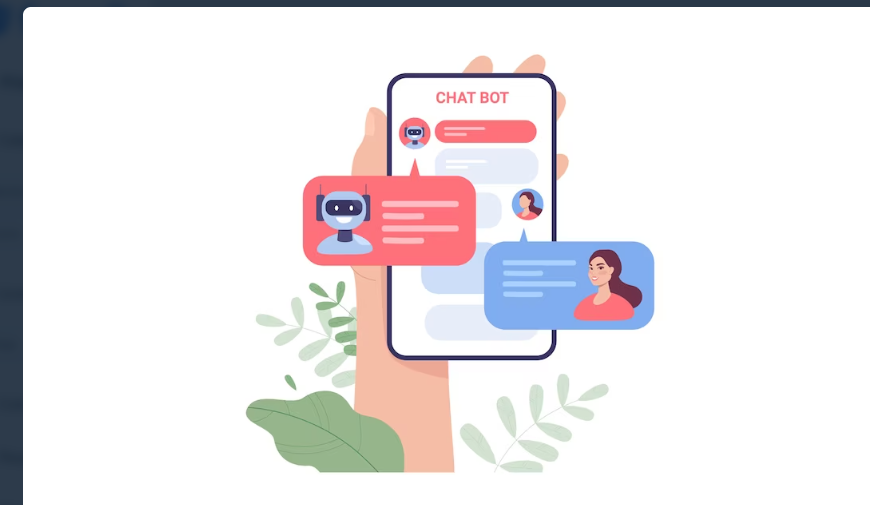Chatbots have revolutionized the way businesses interact with customers, and they’re becoming increasingly popular in various industries. As businesses continue to adopt chatbots, it’s important to understand the key things you should know about chatbot development solutions.
1. Purpose and Goals of Your Chatbot
Before you start developing a chatbot, you need to determine its purpose and goals. You should define the problem that the chatbot will solve, the target audience, and the desired outcomes. By having a clear purpose and goals, you can design a chatbot that’s effective in meeting user needs and achieving business objectives.
2. Types of Chatbots
There are various types of chatbots, including rule-based chatbots, AI-powered chatbots, and hybrid chatbots. Rule-based chatbots are based on pre-defined rules and can provide limited responses to specific queries. AI-powered chatbots, on the other hand, use machine learning algorithms to learn from user interactions and provide more personalized and natural responses. Hybrid chatbots combine both rule-based and AI-powered approaches.
3. User Interface Design
The user interface design is a critical factor in chatbot development. The design should be intuitive, easy to use, and visually appealing. You should consider the chatbot’s personality, tone, and language, and ensure that it aligns with your brand image and values. It’s also important to design the chatbot for multi-platform use, as users may access it through various devices and platforms.
4. Integration with Messaging Platforms
Chatbots are typically integrated with messaging platforms, such as Facebook Messenger, WhatsApp, and Slack. You should consider which platforms your target audience uses most frequently and ensure that your chatbot is compatible with them. Integrating your chatbot with messaging platforms enables users to access it easily and seamlessly.
5. Deployment
Deploying a chatbot is a critical step in the chatbot development process. Deploying your chatbot involves hosting it on a server, connecting it to messaging platforms, and ensuring that it’s accessible to users. You should consider the deployment options available, such as cloud-based hosting, on-premise hosting, and hybrid hosting. Testing your chatbot thoroughly after deployment is also crucial to ensure that it’s functioning correctly and providing a satisfactory user experience.
6. Maintenance and Support
Maintaining and supporting your chatbot is an ongoing process. You should regularly monitor its performance, analyze user feedback, and update its functionality and content to ensure that it’s meeting user needs and business objectives. Providing training and support to users is also crucial to ensure that they can effectively use and interact with your chatbot.
7. Data Security and Privacy
Chatbots can collect user data, such as personal information and payment details, and it’s important to ensure that this data is kept safe and secure. You should consider implementing security measures, such as encryption and two-factor authentication, and complying with data privacy regulations, such as GDPR and CCPA.
Final Words
In conclusion, chatbot development solutions have the potential to transform the way businesses interact with customers. By understanding the key things you should know about chatbot development solutions, you can design and deploy a chatbot that’s effective in meeting user needs and achieving business objectives.
